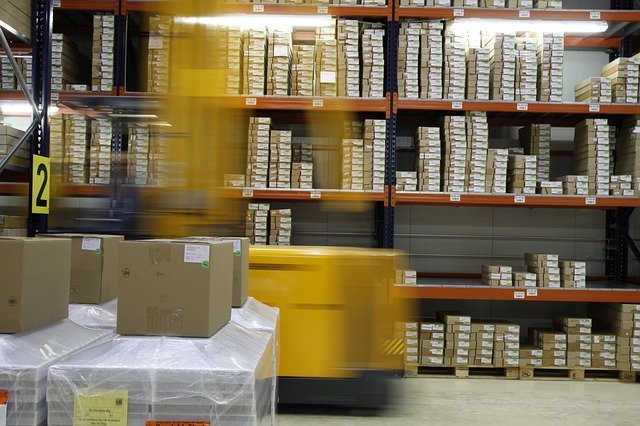We are going to look at the managerial and technical aspects of transports logistics. The more the steps within the process, the more you need to streamline the process. This goal is going to help you meet the goals of supply chain management, and it is also going to help you address problems as they come up.

Below are some great tips that are going to help you with transportation logistics management and practical transportation.
- Determining transport logistics goals before you implement a new strategy
The success of a transport logistic sector is going to depend on the ability of the company to deliver goods from one location to another and follow customer expectations. The main objective is to forge a strong client relationship. Other objectives can include increased efficiencies and revenue generation.
A great place to start is to define goals for your transportation and logistics unit. When setting goals, it is important to choose targets that are going to facilitate the overall goal of the company. A good way to do this is to examine every aspect of the supply chain including service parts logistics and plan from that point.
- Using contingency planning to your advantage
There is no plan that is fool-proof, especially when working in the logistics sector. It is impossible to predict and prevent every little thing so it doesn’t go wrong. There will always be unforeseen circumstances coming up when running your business.
You don’t have to wait until the problems arise before handling them, you should play offensively because that is how you are going to defend yourself. A good way to address problems in real-time is by coming up with a contingency plan.
- Leverage business automation software and applications
Just like every other industry in the world, companies in the transport and logistic sector are seeing a shift from manual labor to automation. Business automation is a great tool because it will take the guesswork out of your supply chain management because of data collection and analysis from different perspectives and resources.
There are applications that you can use in inventory and fleet management. It is also going to provide you with insights like where breakdowns are occurring when you get complaints from customers blaming you for failing to make a delivery.
- Employees communicating regularly
Their behavior is going to have a direct impact on your service process. When you strengthen your employees’ ability to perform their jobs and communicate, you are going to improve your efficacies and efficiencies and your customers are going to notice that.
You should first start by having a conversation if you want an open-minded communication chain. Managers should be regularly talking to their staff members.
You don’t have to spend a lot of time on communication, but you should take advantage of little moments with your team or employees. Floor and compliance meetings are some good examples of time to communicate with them directly. This is going to have an impact on them.
When talking to employees, they start sharing important information with each other. This can result in drastic improvements in customer service and morale.
Communication is very powerful because it can make or break relationships. Try strengthening it to move your company forward.
- Making sure that customer is kept “in the loop”
Good customer service is one of the most important things when it comes to transport logistics management. Your most valuable asset is your customer. They are your revenue generation source, and they are going to influence peers and colleagues using word-of-mouth reviews and social media.
This is why the industry is pushing for the adoption of total transparency during the entire purchase process. When you let customers know the status of their delivery at every step, it is going to ease their anxiety post-purchase and pre-receipt. This is also an opportunity to follow through and stand out from your competitors.
You need to have a communication system in place that comprises tracking numbers, confirmation emails, and contact information if they have any concerns or questions.
- Taking service delivery cues from competitors
Looking at your competitors is a good way to get ideas. Look at how they manage their transport logistics and see if there are any ideas you can get to improve your own process. It is also a good way of determining what gives you an edge over their offerings.
- Using data-collection and analytics to improve the results
You can’t say logistics network optimization is complete if you don’t cover data logging tools for managing circumstance monitoring for specific industries. This is going to help you implement a sounding board for measurement, insight, and analysis. An important part of managing supply chance is circumstances monitoring because it is going to improve your efforts.
Final considerations and thoughts
Logistics management and transport is a big area of business that requires time and attention to make sure your customer is satisfied. Both areas have to work together to get the best possible results.




Comments are closed.